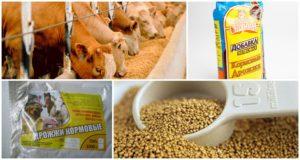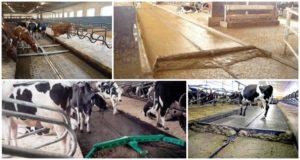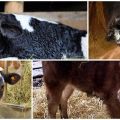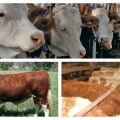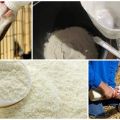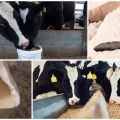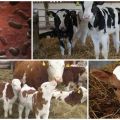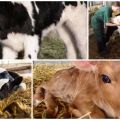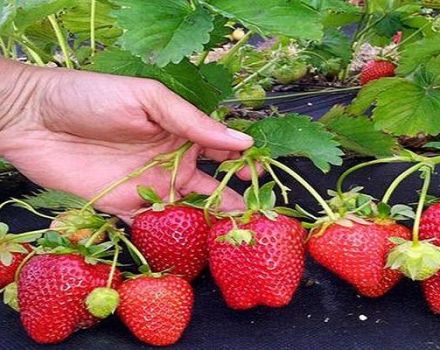Top 4 effective methods of raising calves at home
Having your own livestock in the household is a serious help, bringing both financial benefits and products in the form of meat, milk and products derived from it. But in order to make a profit, you need to master all the subtleties of raising calves, choose the right method, learn to avoid diseases and solve numerous problems.
Calf management methods
The success of raising cattle and making a profit depends on how correctly the young are kept.
Individual
With this method, the calves are placed in separate houses with a small personal aviary, so the animal can choose whether to be outdoors or go indoors. Modern cases are made from durable, opaque plastics that are easy to maintain.
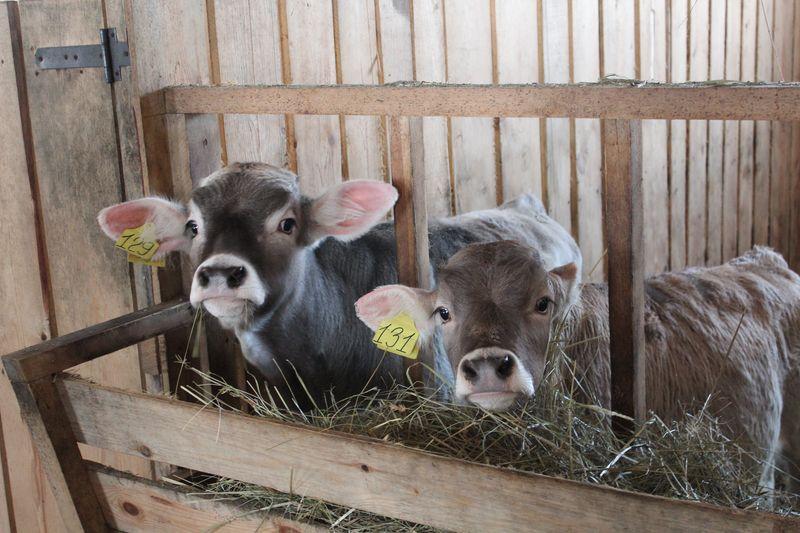
Group
With this method, young animals on the farm are kept for six months in groups of 10 to 20 animals of the same age.
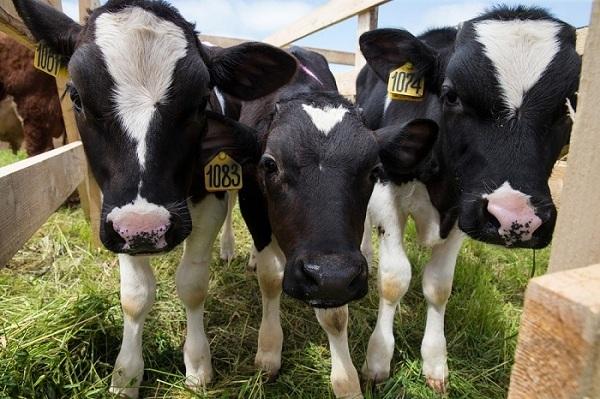
Sucking
This method involves raising calves under a cow for up to 7 or 8 months. In this case, one cow can feed up to 2-3 suckers.
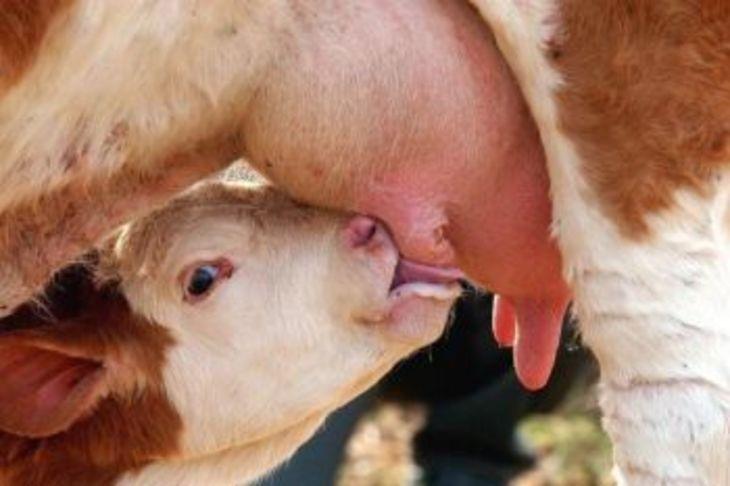
Content technologies
When raising young animals, two technologies are used: traditional and cold. Each of them has its own set of advantages and disadvantages.
Cold method
This method is considered the most effective, suitable for raising livestock for milk and meat.With this method, animals from the first day of life are kept in separate rooms outside, without heating, only on a bedding.
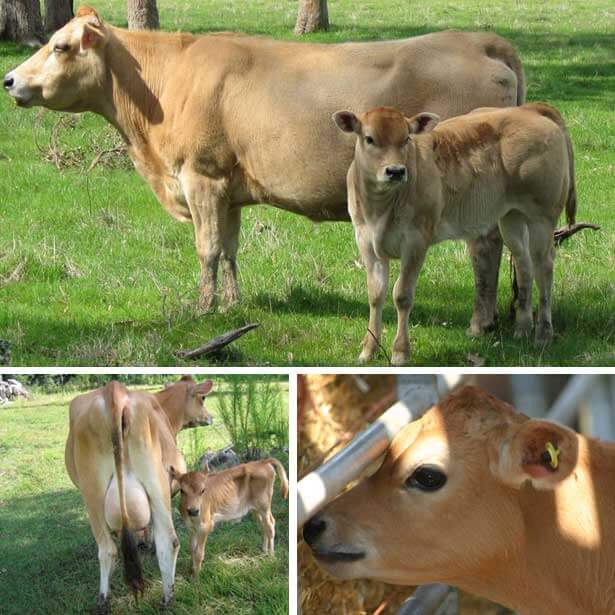
Traditional
This method has been around for a long time, but it is still common. At first, the calves are kept with their mothers, then the grown offspring is separated from the cows.

What to feed?
The nutrition of calves at different periods of life has significant differences, which must be known to prevent various digestive problems and for the normal development of animals.
During the milk period
This period lasts up to 4 months. This is an important time for normal calf development and health. It is advisable to keep the newborn with the cow for at least the first 2 weeks and be sure to drink colostrum.
On the fifth day, calves are taught to drink water, while herd owners need to understand that milk is food and water is drink. Animals should not be deprived of water, hoping that they will receive a sufficient amount of fluid from their mother's milk. When feeding calves, water is often added to the milk, gradually switching to reverse. It is impossible to switch abruptly to it from whole or slightly diluted milk, as this will cause diarrhea. This should be done gradually, in stages, until the calf can do without milk at all, switching to other feeds.
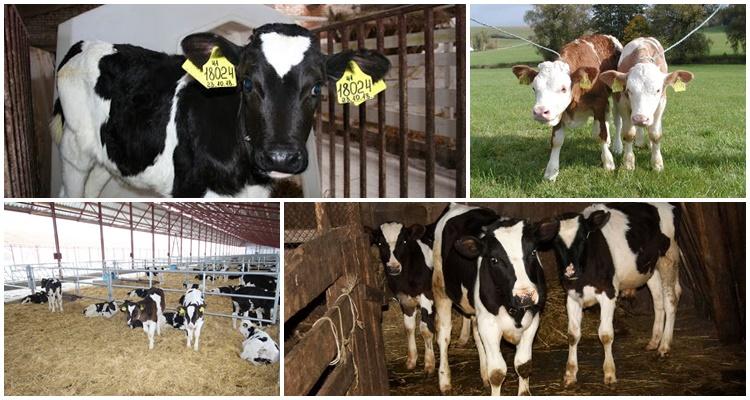
Fattening
In order to raise an animal for meat, feeding should last up to one and a half years. During this period, it is important to provide the calf with a complete, balanced feed.
Moreover, it is believed that the use of dry feed is more convenient for animal owners, as it reduces the risk of gastrointestinal diseases and removes part of the cost of preparing high-quality liquid products.
It is also easier for calves to independently regulate the level of consumption of such feed, and the increase in live weight is fast and efficient. For raising dairy cattle, preference is given to bulk feed - hay, silage, root crops, and for meat - compound feed, concentrates.
Breeding features
Raising calves requires monitoring the following conditions:
- The size of the group of animals. In a large group, calves are often nervous, anxious, and move a lot, which leads to irrational use of feed and a decrease in growth.
- It is advisable to group calves of the same age and body weight in a group - this way you can avoid collisions and achieve a uniform weight gain.
- There should be enough space per animal, which is based on the floor area per head.Overcrowding leads to injuries, reduced sleep and rest, and a decrease in the amount of food eaten and water drunk.
- An important feature when breeding calves is the so-called feeding front, that is, the distance between animals when eating feed. It should be at least 35 centimeters per head. This ensures a quiet and even feeding. Calves are full almost simultaneously and lie down to rest.
- Choosing the right type of feed. If calves are planned to be used in dairy farming, from an early age they must be taught to eat voluminous juicy feed. For meat cultivation, concentrated feed predominates in the diet.
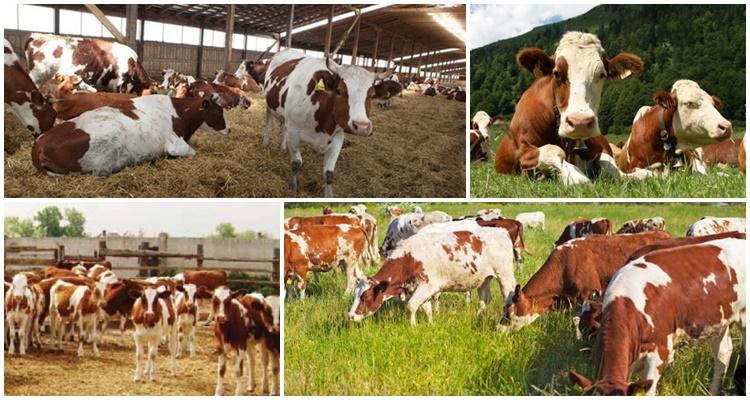
Hay and other dry feeds are introduced only after the calves reach one month of age, because their stomach (rumen) was previously not adapted to digest coarse foods.
Growing hygiene for beginners
In order for the calves to grow properly, not get sick and gain weight, it is not enough just to feed them well. They need to be provided with adequate care, which consists of the following:
- Cleanliness of the room where the calves are kept. Dust, manure, urine, old, stale bedding, scattered, partially not eaten food - all these become the causes of animal diseases.
- Maintaining a comfortable temperature, not low and not high, which guarantees the animals' convenience and the absence of extreme changes - sharp cooling or heating of the air. It is optimal to maintain a temperature of 16-18 degrees Celsius for one-month-old calves, at 2 months they will suit 15-17 degrees, at 3-4 months - from 12 to 15 degrees, and in six months animals can withstand 11-13 degrees. Hypothermia is extremely dangerous, because it leads to a decrease in immunity, a deterioration in the digestion and absorption of food, as well as the development of diseases.
- Regular ventilation without drafts. It is necessary to remove gases emitted by the calves themselves and manure, as well as to eliminate stuffiness that adversely affects the health of animals.
- Walks in the open air. Calves intended for livestock recovery (replacement) need to be released daily, which improves their well-being, promotes health, and the sun's rays help to produce vitamin D, which is necessary for strong bones, teeth and hooves, and overall excellent well-being.
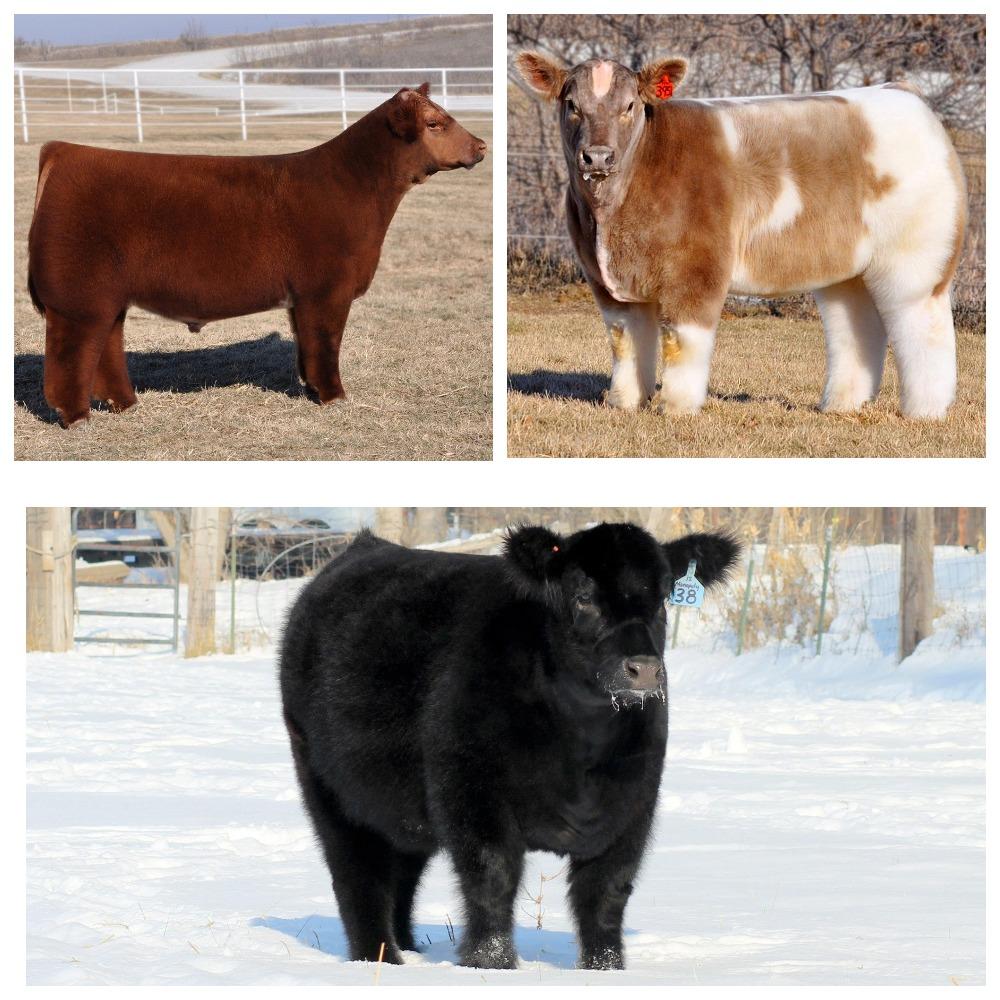
The animals themselves must also be kept clean, check the condition of the skin for damage and insect bites, eyes, ears and genitals for discharge, and hooves for strength and the absence of rot.
With proper hygiene, proper feeding and maintenance, raising calves will be a successful activity and bring profit to the owner.
Possible problems
Up to 15% of newborn calves die in the first days and weeks of life. In order for the business to be promising, developing and generating income, it is necessary to preserve the maximum number of offspring. To do this, it is necessary to prevent diseases, especially infectious ones, which can “mow down” the entire herd, from young to adult cows.
In addition to infection, the causes of problems can be humidity and cold in the room, improper feeding and poor lighting, lack of ventilation. From weak light, a lice develops on animals, with excessive humidity - hoof rot, drafts provoke inflammation of the lungs and / or kidneys.
You need to look after small calves, pay attention to them, monitor their health. Then they will develop well, grow up strong, steadily gaining weight. This will bring profit to the company or individual, strengthen its position.
